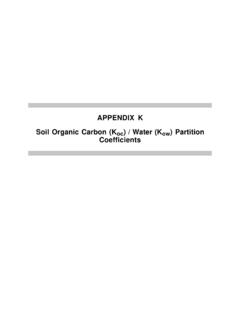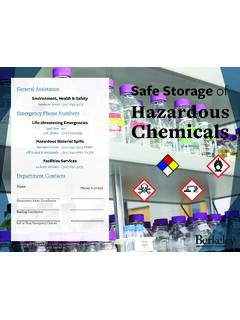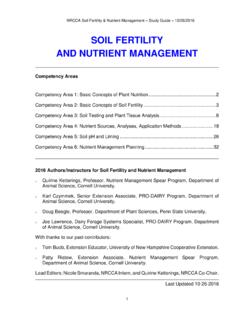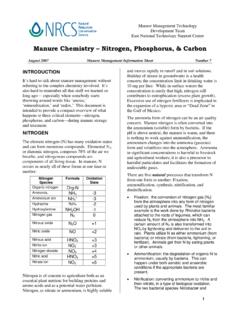Organic Acids On The Surface
Found 10 free book(s)Guidebook to Mechanism in Organic Chemistry (6th Edition)
dl.iranchembook.irThe strengths of acids and bases 53 Nucleophilic substitution at a saturated carbon atom 77 ... ing in organic chemistry but also the type of approach to teaching it ... surface). As yet, this marks no radical departure from the classical picture
APPENDIX K - SOIL ORGANIC CARBON/WATER PARTITION …
semspub.epa.govMcCarthy & Jimenez (1985) humic acids 15,849 4.20 Karichkoff (1981) soil/sediments average; shake-flask UV 19,562 4.29 Landrum et al. (1984) surface water (geomean 5 values) 23,988 4.38 Hodson & Williams (1988) cyanopropyl column; HPLC 26,000 4.41 Karickhoff et al. (1979) avg. coarse silt fraction, Doe Run & Hickory Hill sediments 26,303 4.42
Surface Treatment of Metals and Plastics
eippcb.jrc.ec.europa.euSurface Treatment Using Organic Solvents STS Industrial Cooling Systems CV Emissions from Storage ESB Reference Document . . . General Principles of Monitoring MON ... nickel marketed in Europe is used in surface treatment). Acids and alkalis are also used in bulk quantities, while other materials such as surfactants are often supplied in ...
1. Surface tension of solutions
www.zzm.umcs.lublin.plSurface tension of diluted solutions of organic substances is described by a semi-empirical equation of Szyszkowski. This equation describes the relationship between the surface tension γγγγ oof the solvent, the surface tension of the solution γγγγ, and its concentration c. Adsorption at the solid/gas interface
10. CLASSIFICATION OF WATER POLLUTANTS 10.1 ORGANIC ...
scetcivil.weebly.compollutants include mineral acids, inorganic salts, trace elements, metals, metals compounds, complexes of metals with organic compounds, cyanides, sulphates, etc. ¾ The accumulation of heavy metals may have adverse effect on aquatic flora and fauna and may constitute a public health problem where contaminated organisms are used for food.
Environment, Health & Safety Hazardous
ehs.berkeley.edu• Segregate acids from bases. • Segregate most organic acids from oxidizing mineral acids. • Keep oxidizers away from other chemicals, especially flammables, combustibles, and toxic materials. • Keep corrosives away from substances that they may react with and release corrosive, toxic, or flammable vapors. Multiple Hazard Classes
Disinfectants and sanitizers for use on food contact surfaces
www.ncceh.camixtures, carboxylic acids, quaternary ammonium compounds, acid anionic, and iodine compounds for use on food-contact surfaces. • Disinfectants. for use in food premises must have a drug identification number (DIN) and meet criteria, including those regarding antimicrobial efficacy, stipulated in the Health Canada document . Guidance Document:
SOIL FERTILITY AND NUTRIENT MANAGEMENT
nmsp.cals.cornell.eduOct 26, 2016 · surface (low concentration). This is an important process for phosphorus and potassium and is a key theory behind the use of banded or starter fertilizer. o Root interception occurs when a root grows in to a fresh area or surface of clay or organic matter reducing the distance a nutrient must diffuse and thus increasing absorption of the nutrient.
Manure Chemistry – Nitrogen, Phosphorus, & Carbon
www.nrcs.usda.govamino acids and as a potential water pollutant. Nitrogen, as nitrate or ammonium, is highly soluble and moves rapidly in runoff and in soil solutions. Buildup of nitrate in groundwater is a health concern; the concentration limit in drinking water is 10 mg per liter. While in surface waters the concentration is rarely that high, nitrogen still
Glycerin—produced by hydrolysis of fats and oils
www.ams.usda.gov132 205.105 (c), to be sold or labeled as “100 percent organic,” “organic,” or “made with organic (specified 133 ingredients or food group(s)),” products must be produced and handled without the use of nonagricultural 134 substances used in or on processed products, except as otherwise provided in 7 CFR 205.605. 135









